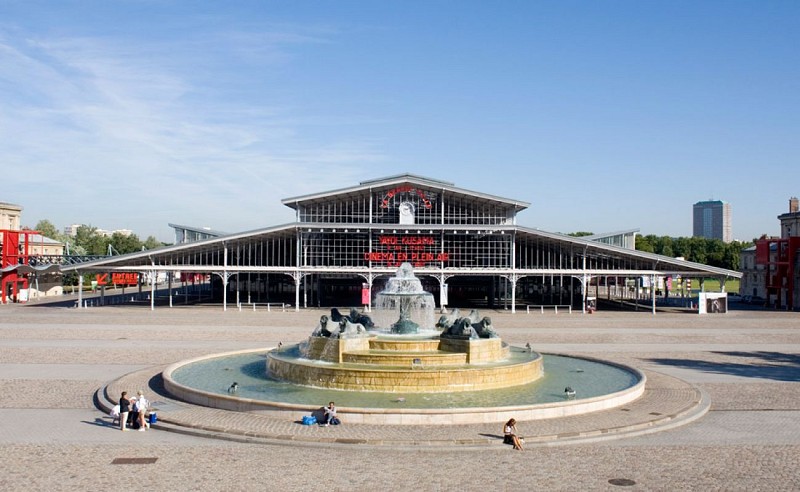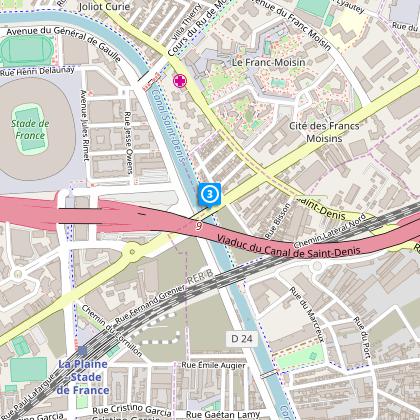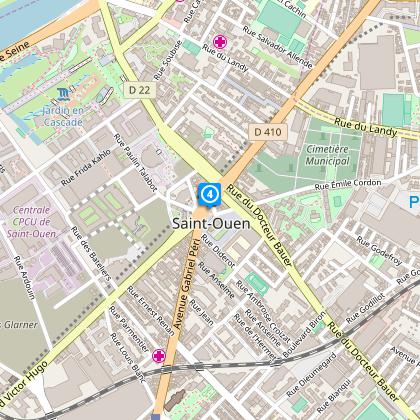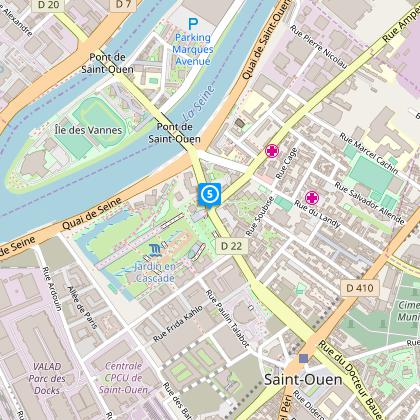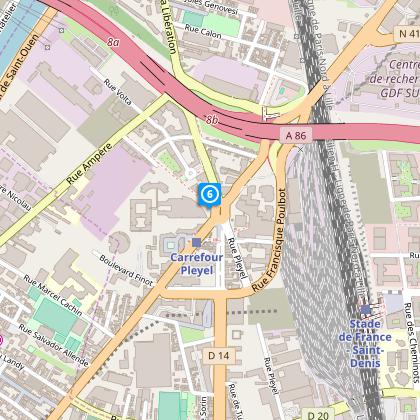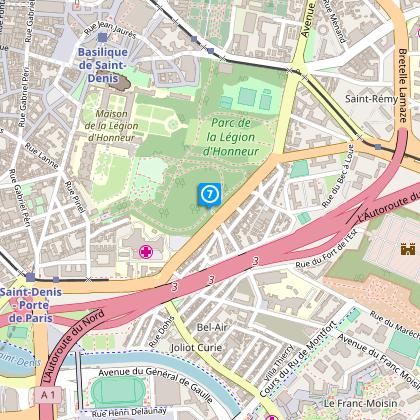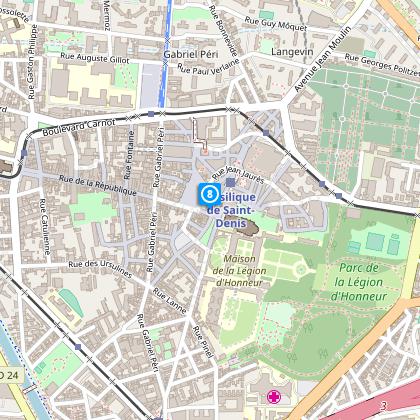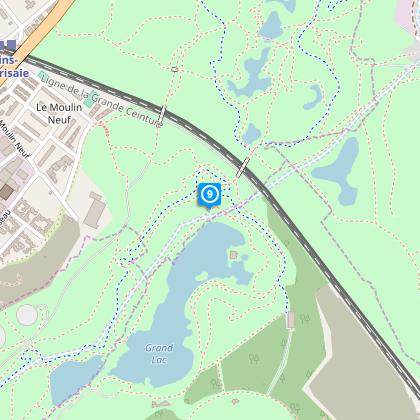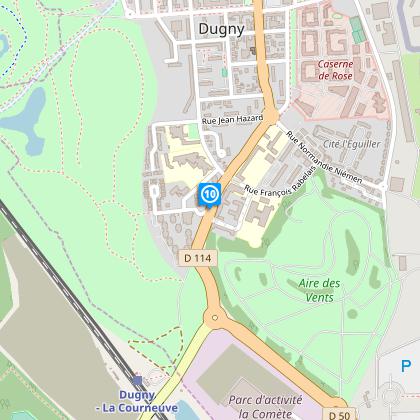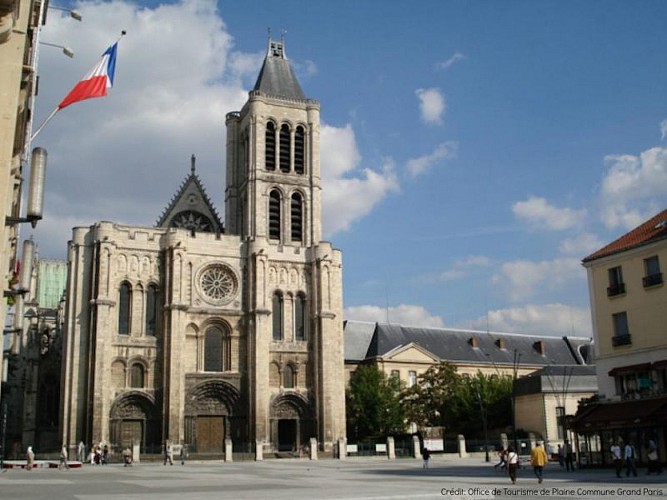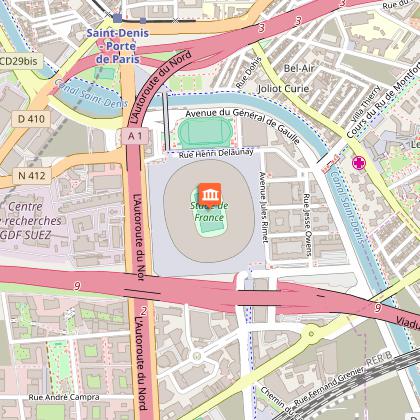Alert
Alerts
24 Km for Paris 2024 Olympics Games 2017 Edition

IGN cards
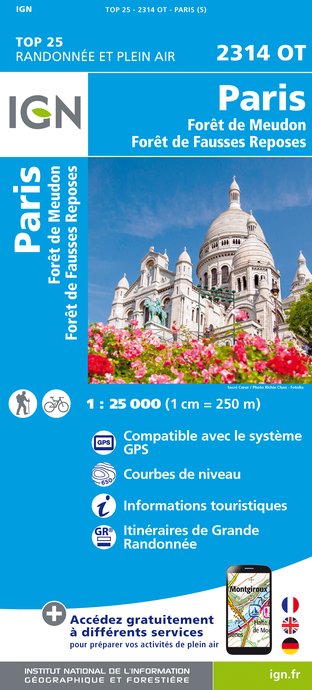

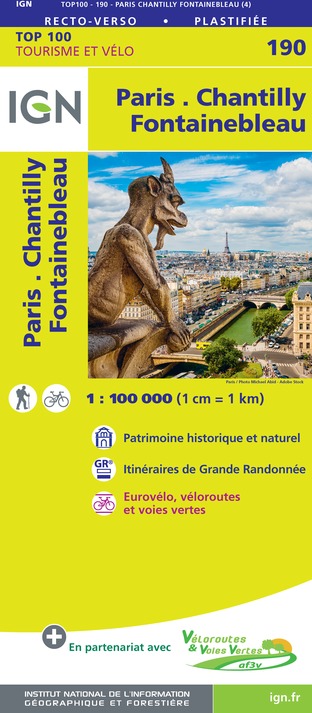
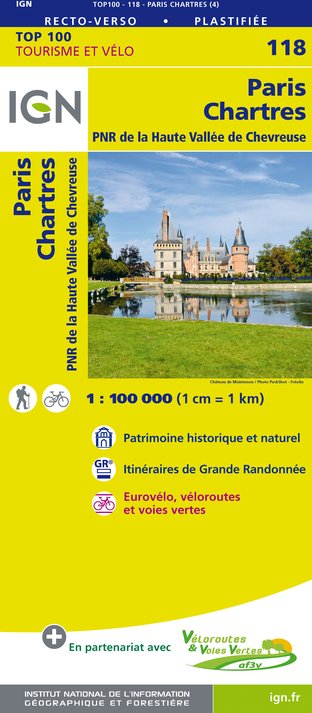
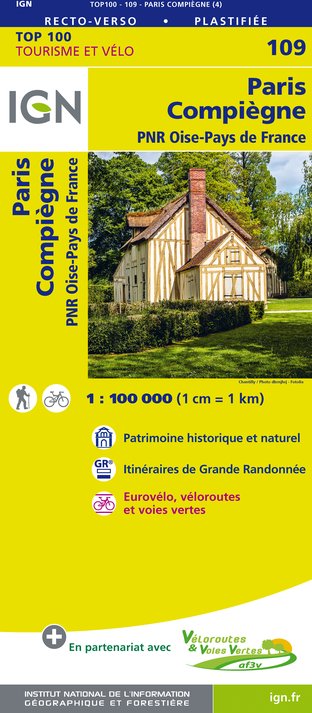
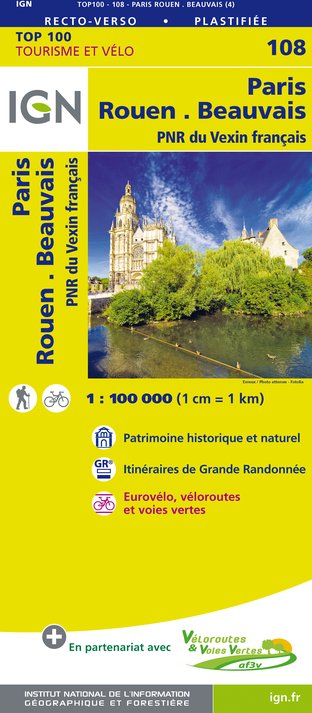


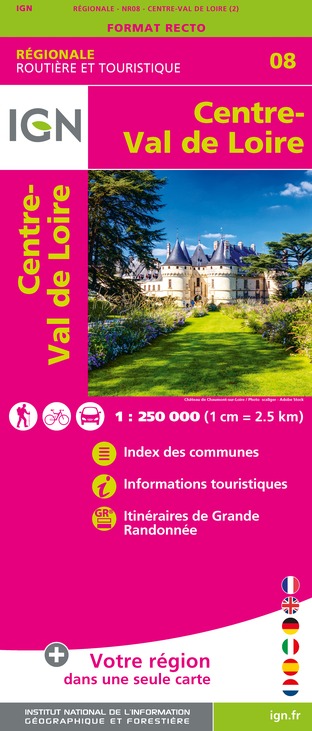


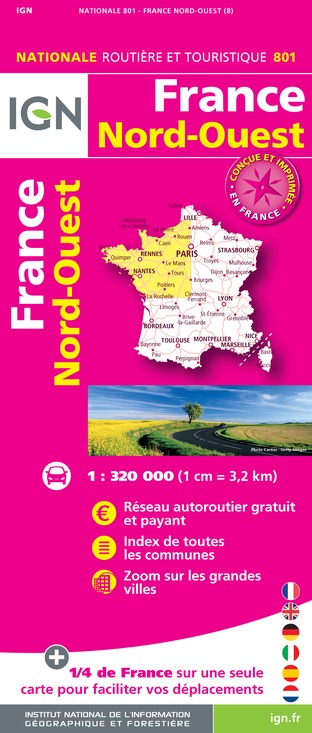

Description
The 24 km for 2024 Olympics Games support the candidacy of Paris for the organization of the Olympic and Paralympic Games, This walking is also cultural. By joining the places where different disciplines will take place, you will discover the architectural and environmental heritage of "Seine Saint Denis".
Everyone can select a distance 9.5 Km; 15.5 Km; 18 km or 24 km.
Technical Information
Altimetric profile
Starting point
Steps
Points of interest
Additional information
Access to the course
Access to the course are proposed according to the desired distance:
1) 24 Km Departure from the "Grande Halle de la Villette" subway station "Porte de Pantin" , Line 5.
2) 18 Km Start from the point 3: Use RER B or D - station "La Plaine Stade de France"
3) 15 Km Start from the point 4: subway station "Mairie de Saint-Ouen", line 13
4) 9.5 Km Start from the point 8: subway station "Saint Denis Basilique" , line 13 or use tramway T1 - station "Saint Denis Basilique"
Do not forget: On each point, the function "join the POI" use Googles Maps to guide you to the starting point.
Data author

The Cirkwi brief
The 24 Km for 2024 journey is not just a walk; it's an immersive experience that champions Paris's bid for the Olympic and Paralympic Games while unveiling the architectural and environmental heritage of Seine Saint Denis. Offered by the FFRandonnee Seine-Saint-Denis, this adventure allows participants to select from distances ranging from 9.5 Km to 24 Km, making it accessible to everyone. Capturing the spirit of the Olympics, the walk guides you through historical landmarks, including the iconic Basilique Saint-Denis, blending physical activity with cultural exploration in a unique celebration of both Paris's past and its future Olympic dreams.
Key Route Details Unveiled
Spanning approximately 26.9 kilometers, this meticulously plotted route peaks at an altitude of 57 meters, with the lowest point sitting at 28 meters above sea level. Elevations oscillate, presenting a moderate cumulative positive elevation change between 51 to 67 meters throughout the journey. Structured by the FFRandonnee Seine-Saint-Denis, it's a path that challenges and rewards, striking a balance between accessibility for the casual walker and engagement for the more seasoned hiker.
Seasonal Tips for Every Traveler
No matter the season, preparing for the 24 Km journey demands a few considerations. Spring and autumn offer mild temperatures and vibrant scenery, making them ideal for walking. However, be ready for rain by packing waterproof gear. Summers can be warm, so early morning starts are advisable to beat the heat, along with carrying sunscreen and ample water. Winters, though colder, provide a crisp atmosphere; layering clothing for warmth while ensuring good footwear for potentially slippery paths is crucial. Safety-wise, always inform someone of your route details before you embark.
Seine Saint Denis: Heart of Heritage
Seine Saint Denis, with its center stage as the destination for the 24 Km journey, is a vibrant tapestry of cultural and historical significance, especially notable for sites like the Basilique Saint-Denis. This region, blending a rich past with a dynamically evolving present, offers a profound narrative about France's royal history and a peek into the country's future as a potential Olympic host. The area serves as a testament to France’s architectural mastery and its longstanding tradition of commemorating heroes and historical events through monuments, making it an invaluable educational resource for both locals and visitors.
Climate Guide for Optimal Visiting
The climate in the Parisian area, including Seine Saint Denis, is predominantly oceanic, with mild to moderately warm summers and cold winters. Rainfall is distributed fairly throughout the year, implying that there's no distinctly wrong time to undertake the 24 Km for 2024 route. However, for the most pleasant experience, aim for late spring (May to June) or early autumn (September to October). These periods typically offer temperate weather, less crowded pathways, and the natural beauty of the region in gentle transition, providing an optimal backdrop for this cultural and historical exploration.






